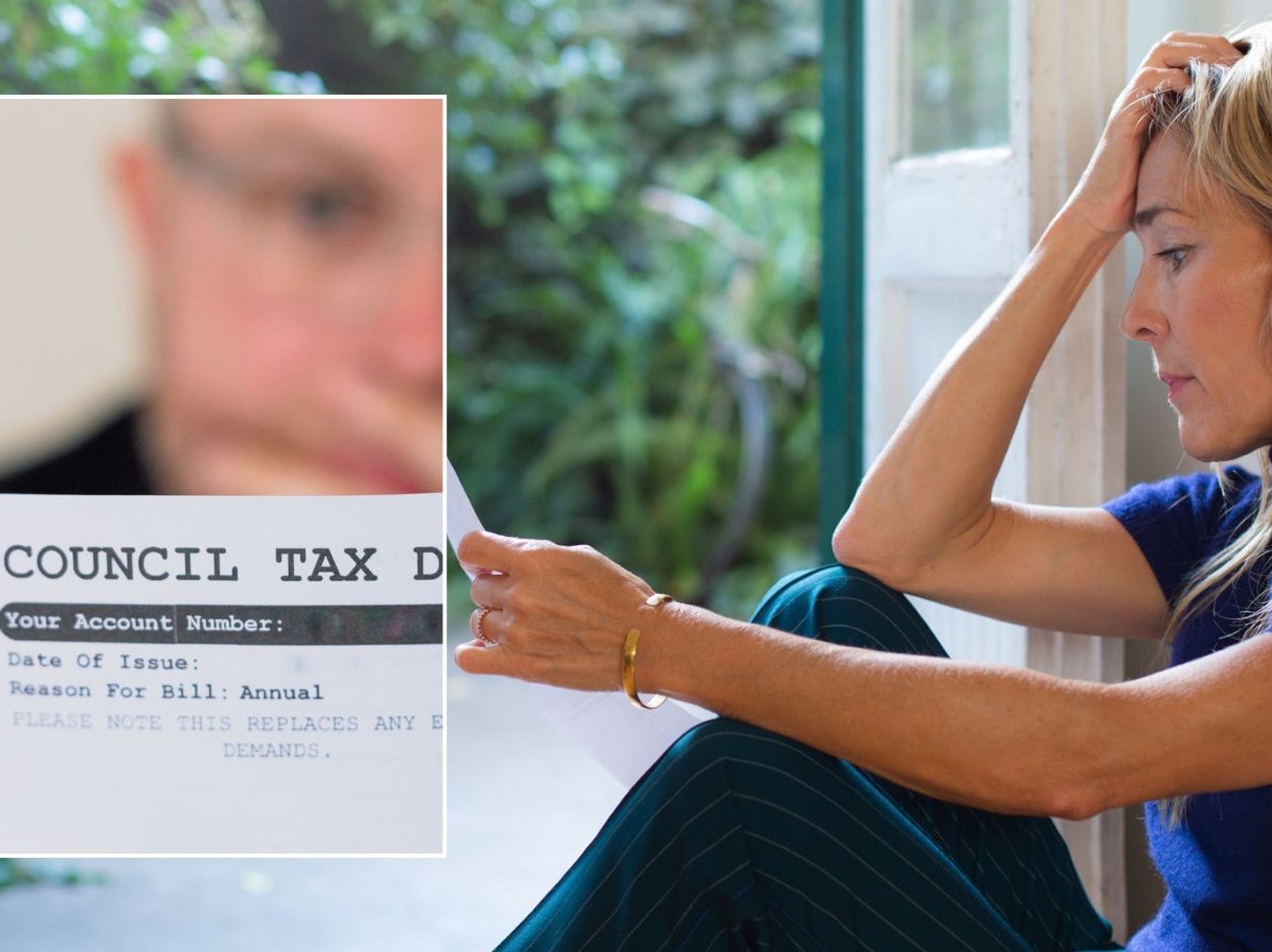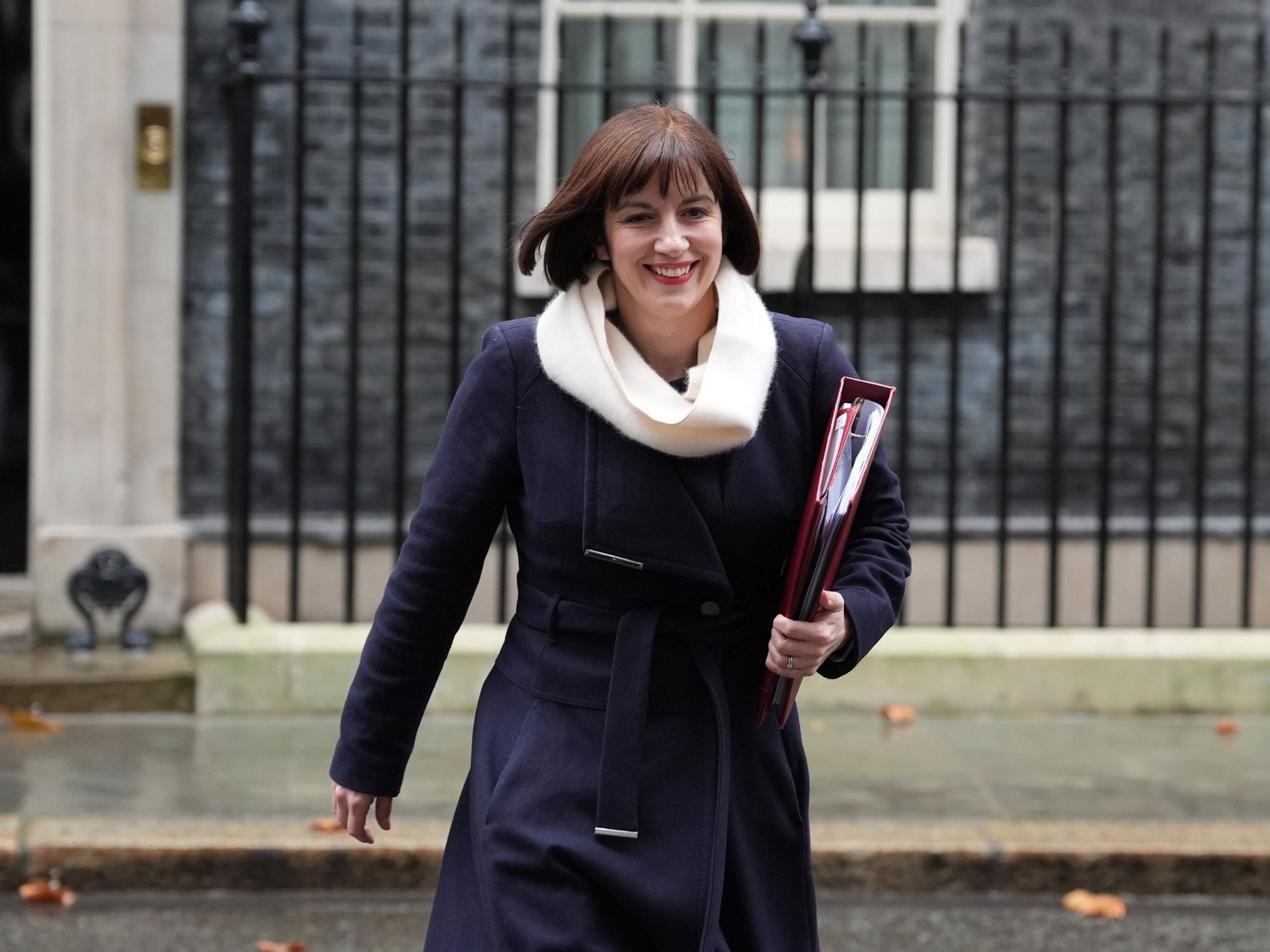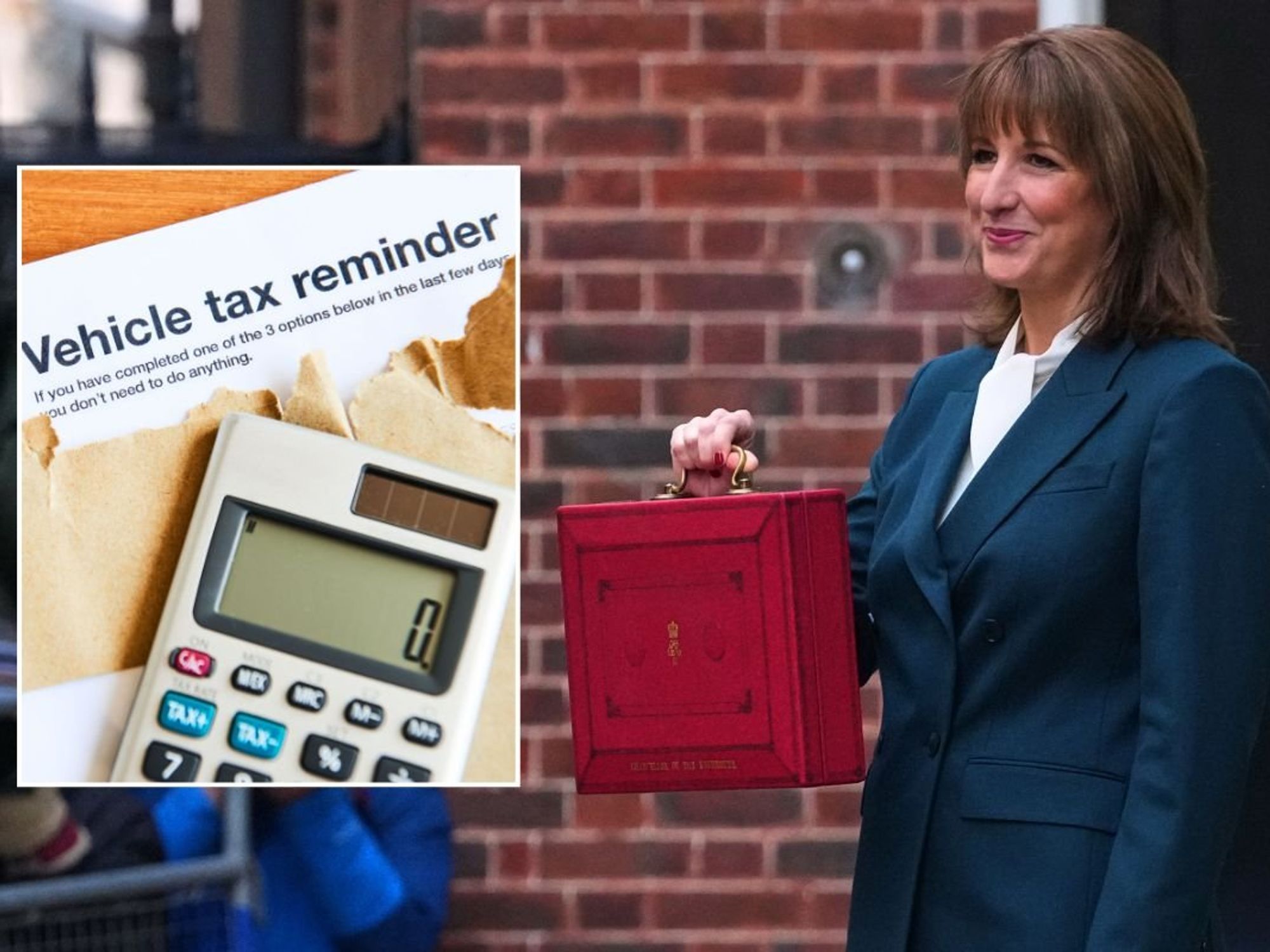Britons could get £1,000 boost on savings as interest rates beat inflation

There are 1,364 general savings deals that currently beat inflation
|GETTY

As inflation sits at 3.2 per cent, Britons can secure inflation-beating interest rates on more than 1,000 of savings accounts
Don't Miss
Most Read
Britons could earn a £1,000 boost in real terms on their savings as providers offer competitive interest rates that outpace inflation, analysis suggests.
Savers have been able to benefit from improved interest rates following 14 consecutive hikes to the base rate, which has been unchanged at 5.25 per cent since August 2023.
There are 1,364 general savings deals that currently beat inflation, including easy access and notice accounts, as well as ISAs and bonds, Moneyfactscompare.co.uk found.
The best easy-access account on the market is currently Ulster Bank’s Loyalty Saver.
The account offers a variable rate currently set at 5.2 per cent for savers with over £5,000 in their account.
It means those with a £50,000 deposit will earn £2,600 in a year, or £1,000 in real terms once inflation is taken into account.

The Bank of England uses the rate of inflation to determine whether to raise or lower its base rate
|GETTY
Those who can lock their money away for 12 months can also earn hundreds in interest with the QIB (UK)Raisin UK’s One Year Fixed Term Deposit.
With a £10,000 deposit, savers can get around £510 in interest for the year.
The Bank of England uses the rate of inflation to determine whether to raise or lower its base rate in the hope people will borrow or spend more, and while inflation is still not yet at the two per cent target, cuts are expected later in the year.
Financial markets are currently predicting the first cut in interest rates will be in June 2024, falling to around three per cent by the end of 2025.
With speculation of interest rate cuts, savers are urged to secure the best rate possible while they can as these rates may start to decrease.
Moneyfacts experts have stated many of the leading savings rates have been stagnant for a while now, but accounts paying over five per cent AER are still available.
The top easy access account available for those with under £5,000 savings is offered by GB Bank.
Their Wombat Invest - Base Rate Tracker offers 4.91 per cent AER on balances over £500.
Plum offers the best easy access Cash Isa with 5.17 per cent, including a Plum Bonus of 0.88 per cent in the first year.
To qualify for the bonus rate on new contributions, customers must meet the following conditions:
- Maintain a minimum balance of £100
- Make no more than three withdrawals in a year
If the balance for new contributions falls below £100 or more than three withdrawals are made, the rate will fall to three per cent AER.
Rachel Springall, finance expert at Moneyfacts, said: “On average, easy-access accounts pay just over three per cent, but the best deals pay around five per cent, so if someone is earning around the average rate of three per cent or less, they will be losing money in real terms, as CPI stands at 3.2 per cent.
LATEST DEVELOPMENTS:
“There are a plentiful number of savings accounts that pay more than 3.2 per cent, but it’s important for savers to check that they are earning a competitive interest rate on their hard-earned cash to beat the eroding power of inflation in real terms.”
Interest earned from savings accounts may be subject to tax, except from ISAs which are a tax-free savings vehicle.
Most people can earn some interest from their savings without paying tax, whether that's via the personal allowance, starting rate for savings, or personal savings allowance.
Each individual has a personal savings allowance (PSA) which is the total amount of interest people can earn each year across all of their bank accounts (except ISAs) without paying tax.
The amount of tax-free interest people can earn depends on how much income tax they pay each year. Basic rate taxpayers can earn up to £1,000 in interest, tax-free each year, while higher rate taxpayers have up to £500 is tax-free.
Each year people can save up to £20,000 tax free in their ISAs.










